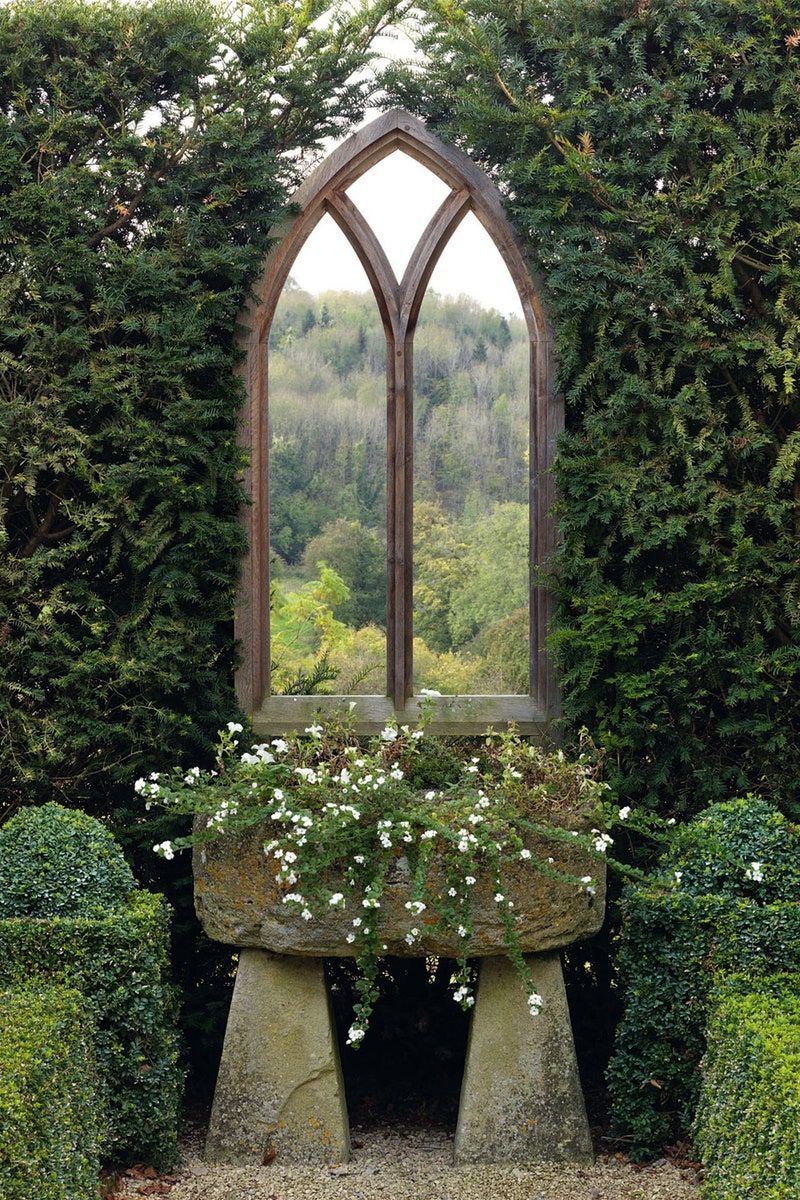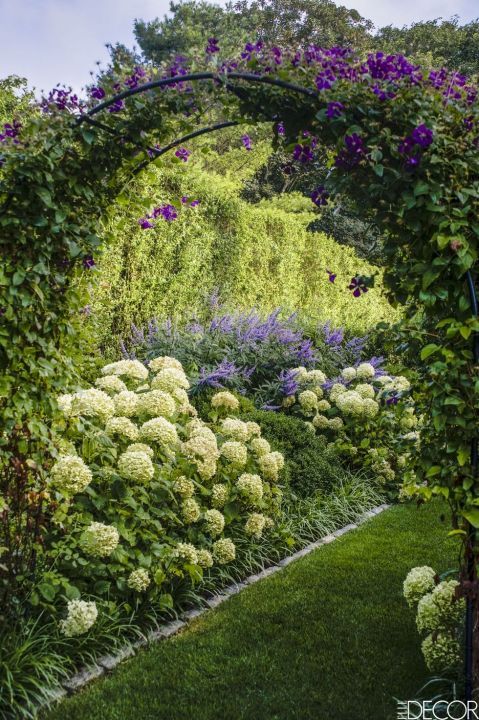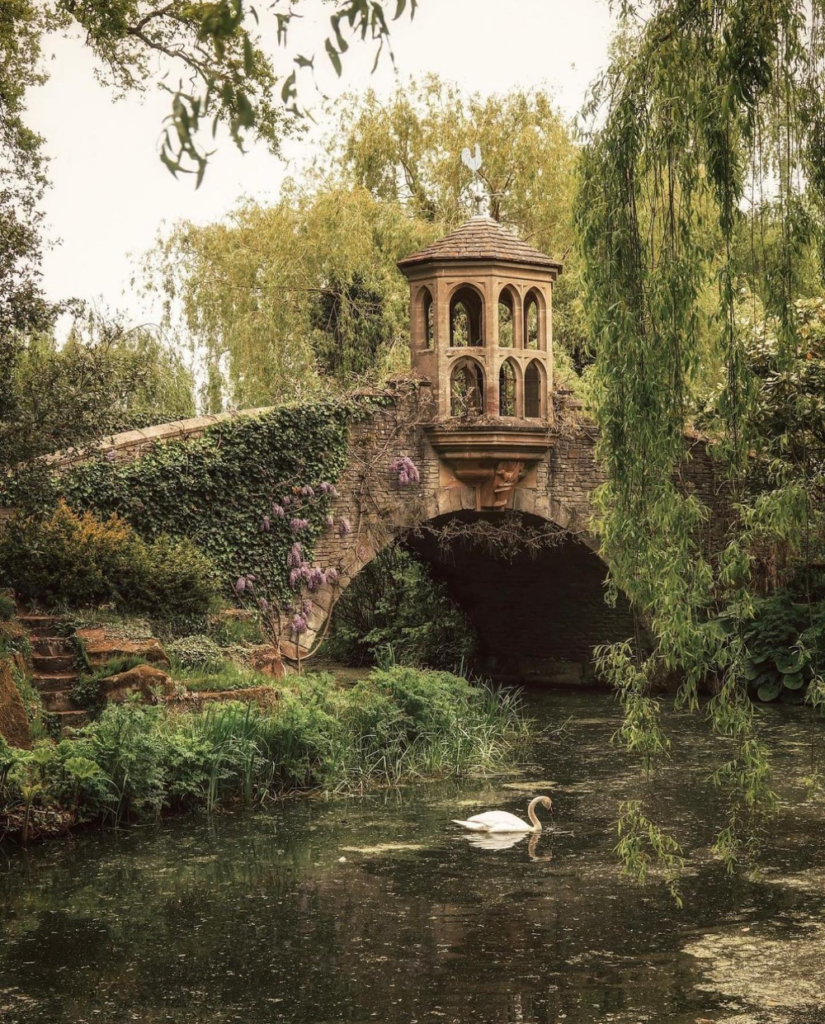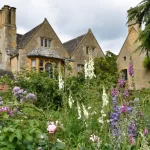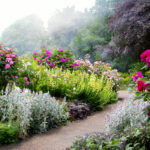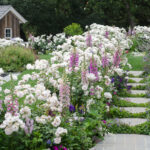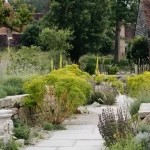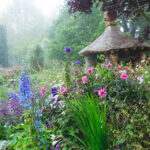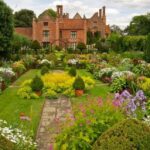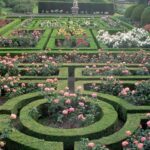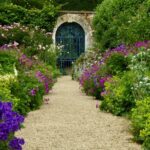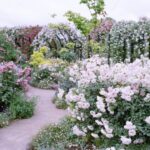English gardens have long been admired for their beauty, elegance, and charm. These meticulously planned and carefully cultivated plots of land are a testament to the English love of gardening and the natural world. English gardens can be found in various settings, from grand estates and manor houses to small cottages and urban spaces, each offering a unique blend of flora, fauna, and design elements.
One of the defining features of English gardens is their use of formal design principles. Symmetry, balance, and geometric shapes are commonly employed to create a sense of order and harmony within the garden space. This structured approach to garden design can be traced back to the influence of French and Italian gardening traditions, which were popular in England during the 18th and 19th centuries.
In addition to their formal elements, English gardens are also known for their informal and naturalistic features. Lush, flowing borders filled with a mix of perennials, shrubs, and bulbs create a sense of abundance and variety within the garden. These carefully curated plantings often include a mix of colors, textures, and fragrances, creating a sensory experience that delights the senses.
Water features are another common element found in English gardens. Ponds, fountains, and waterfalls can add a sense of tranquility and serenity to the garden space, as well as providing a habitat for a variety of aquatic plants and wildlife. The sound of running water can also help mask outside noises and create a peaceful atmosphere for relaxation and contemplation.
English gardens are also known for their use of hardscape elements, such as pathways, walls, and fences. These architectural features can help define the garden space, create focal points, and provide structure to the overall design. Stone, brick, and wood are commonly used materials, which lend a timeless and traditional feel to the garden.
In recent years, there has been a renewed interest in English gardens and their design principles. Gardeners and designers around the world are drawing inspiration from the beauty and charm of English gardens, incorporating elements such as cottage-style borders, formal parterres, and romantic rose gardens into their own designs. The enduring appeal of English gardens lies in their ability to create a sense of beauty, tranquility, and connection to the natural world, making them a beloved tradition that continues to thrive in the modern age.
